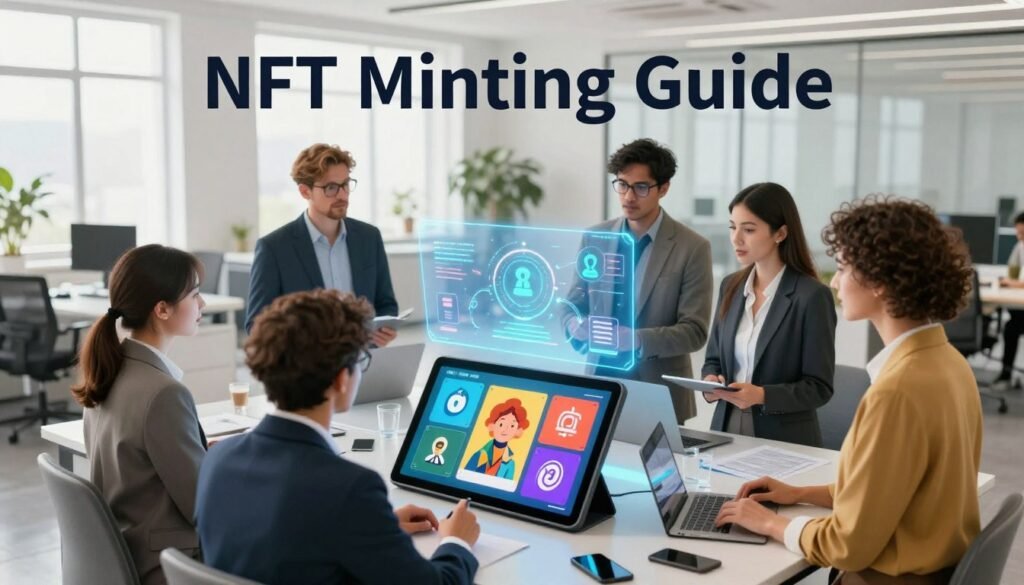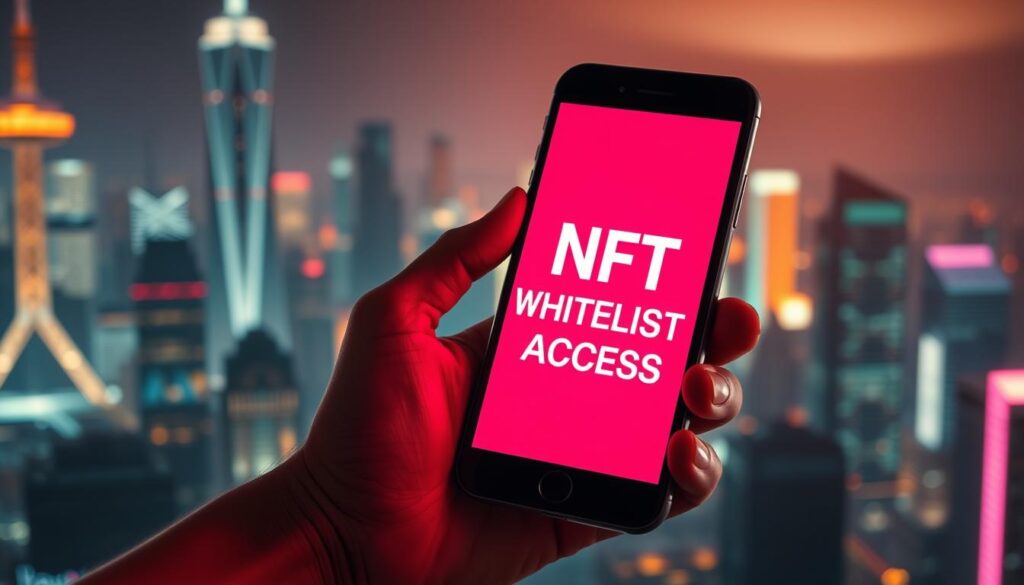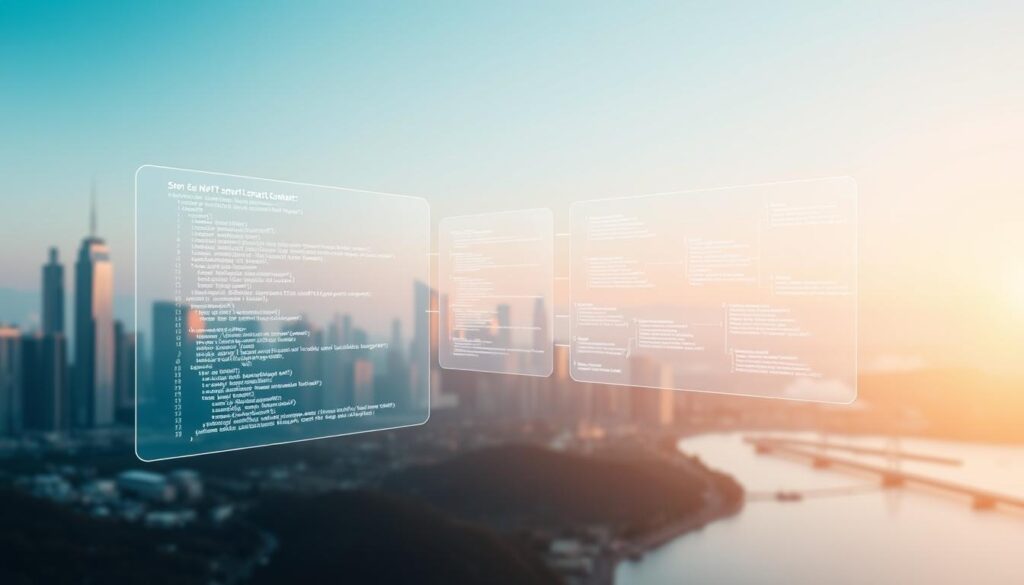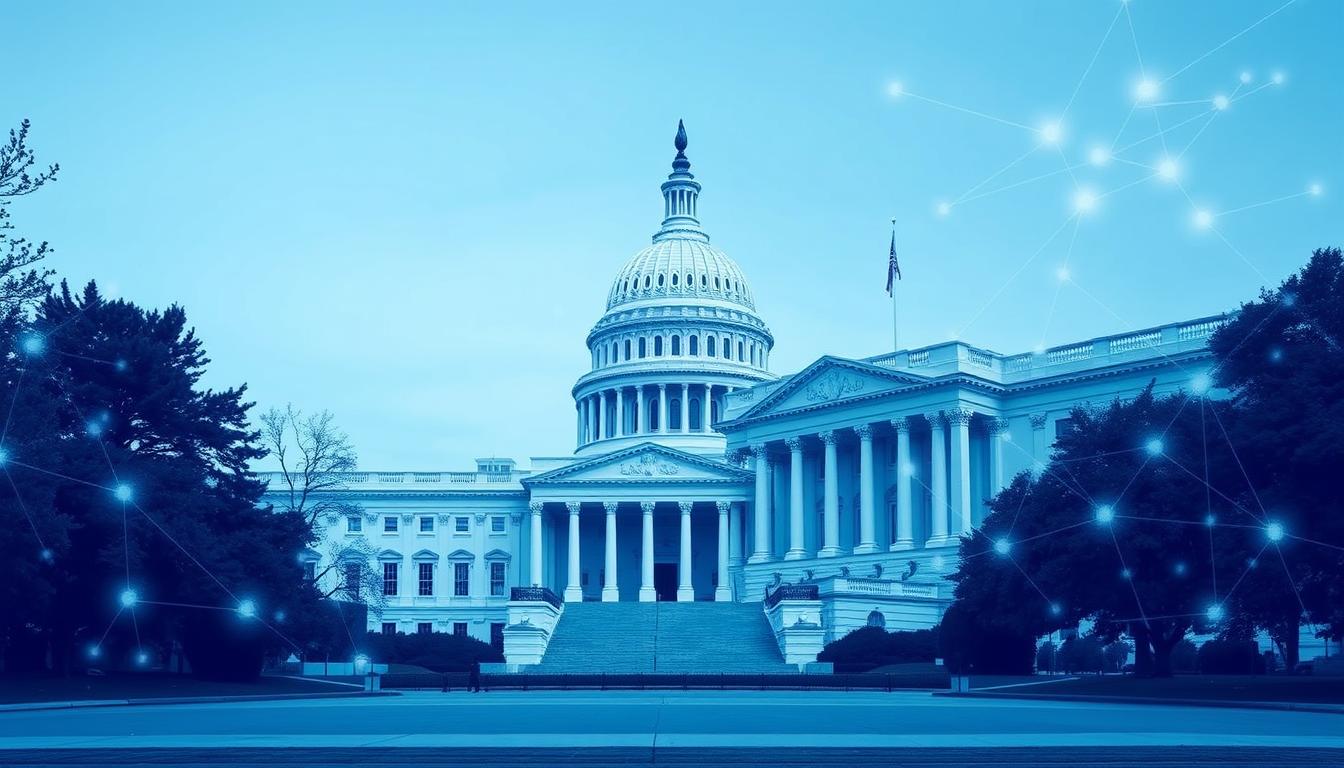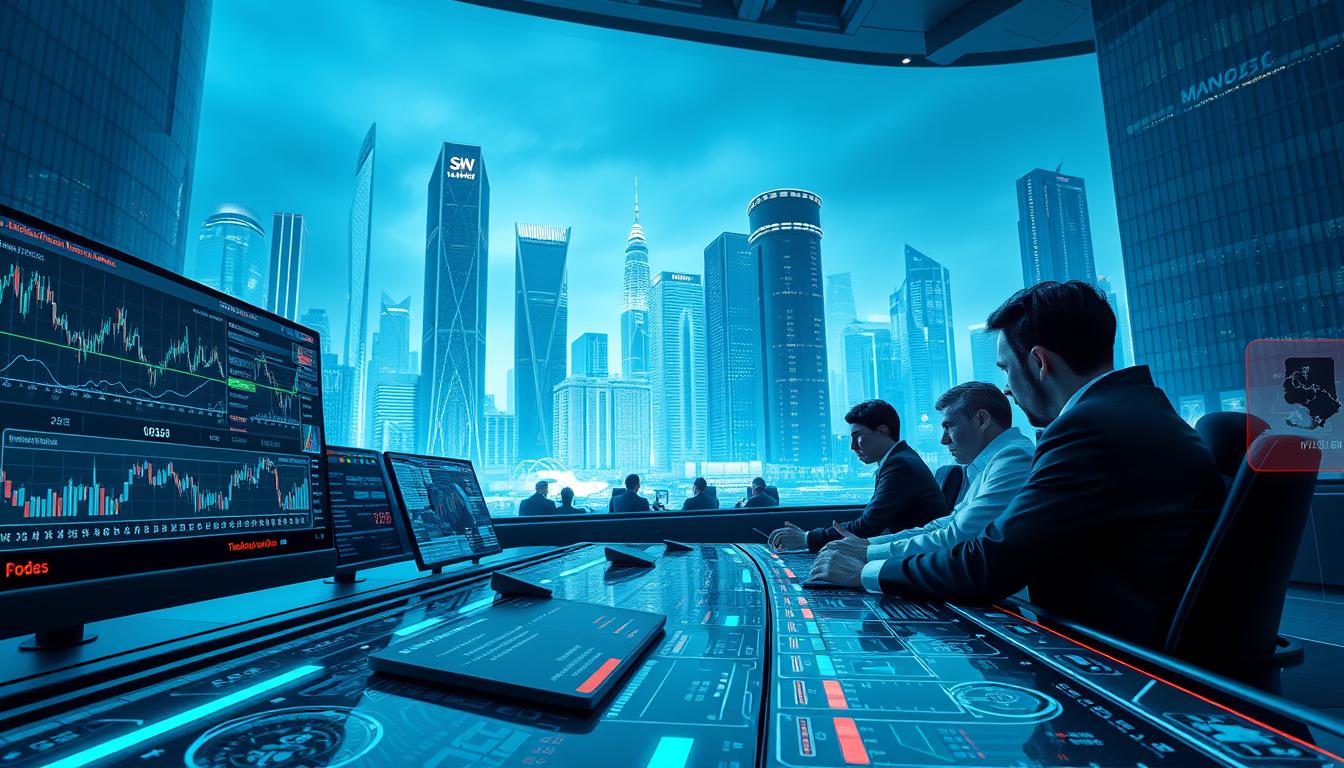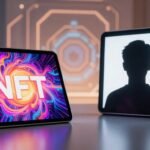Now Reading: How to create and sell NFTs on OpenSea marketplace step by step guide
- 01
How to create and sell NFTs on OpenSea marketplace step by step guide
How to create and sell NFTs on OpenSea marketplace step by step guide
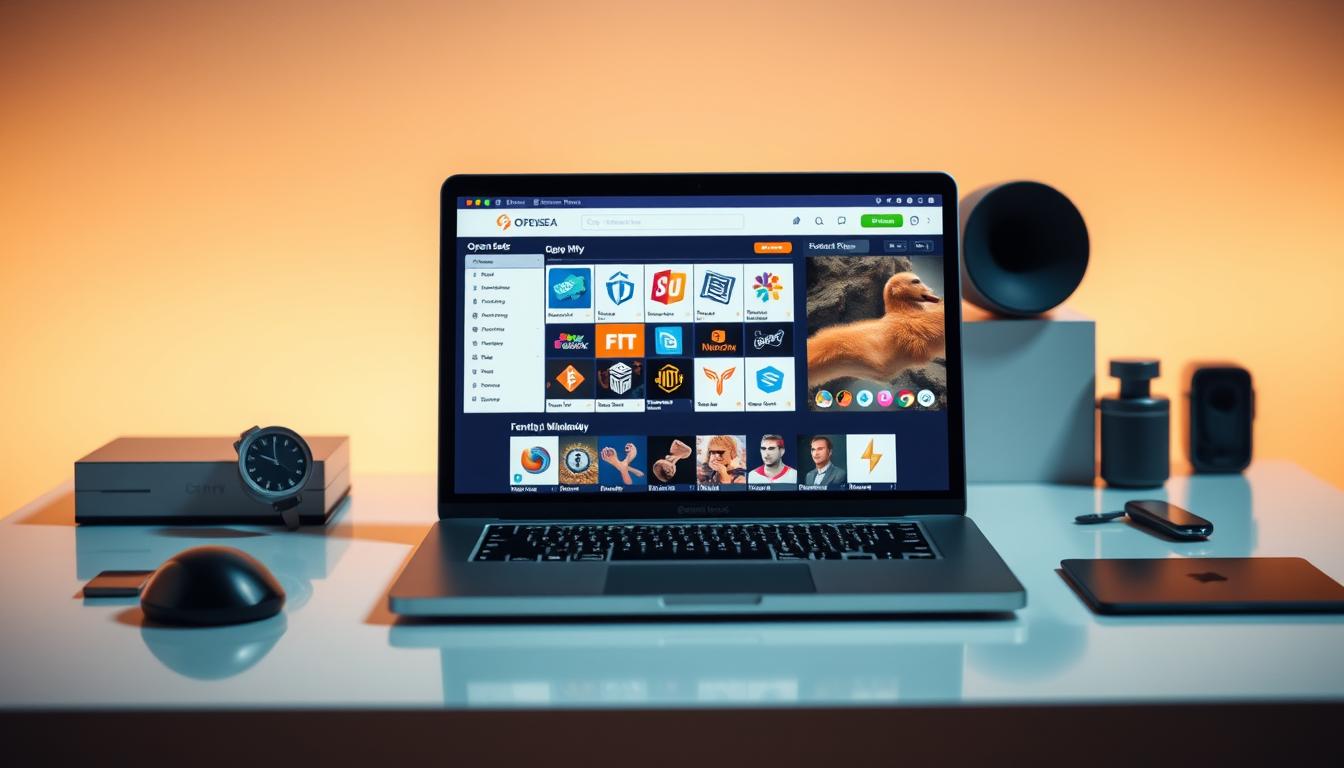
The rise of non-fungible tokens has reshaped creativity and ownership in the digital age. These unique blockchain-based items let artists, musicians, and innovators turn their work into verifiable assets. Collectors now engage with creators through transparent, decentralized systems that redefine value exchange.
OpenSea stands as the leading platform for trading digital collectibles, hosting everything from pixel art to virtual real estate. Since its launch in 2017, it has supported over $30 billion in daily transactions across Ethereum and Polygon networks. This ecosystem empowers creators to monetize their work while giving buyers proof of authentic ownership.
Beyond art, these tokens serve as tools for brand storytelling and community building. Musicians release exclusive tracks, while businesses craft immersive experiences tied to virtual worlds. The platform’s flexibility makes it ideal for both newcomers and seasoned collectors.
Key Takeaways
- OpenSea dominates as the largest decentralized hub for digital collectibles
- Blockchain verification ensures each item’s uniqueness and ownership history
- Multiple network support reduces transaction costs and environmental impact
- Digital assets now span art, music, domain names, and interactive experiences
- Smart contracts enable automatic royalty payments for creators
An Overview of NFTs and the OpenSea Marketplace
Before blockchain, digital files lacked proof of true ownership. A song or image could be duplicated endlessly without tracking its origin. Blockchain technology changed this by creating verifiable scarcity, turning digital items into authenticated assets with clear ownership trails.
Understanding Blockchain and NFT Fundamentals
At their core, NFTs rely on blockchain’s ability to record irreversible transactions. Unlike cryptocurrencies like Bitcoin, which are interchangeable, each NFT carries unique identifiers. These tokens can represent art, music, virtual land, or even tweets—anything needing proof of authenticity.
Smart contracts power these tokens, embedding details like creator royalties and ownership history. This decentralized verification ensures no third party controls the asset. For example, a digital painting’s metadata might include the artist’s signature and previous sales data, all stored securely on-chain.
The Rise of NFT Marketplaces
Platforms emerged to simplify trading these unique assets. They connect creators directly with collectors, removing traditional gatekeepers. Artists now earn through initial sales and automatic royalties—a game-changer for digital content monetization.
These spaces also foster communities around shared interests. Collectors engage with creators through exclusive drops or virtual events. This shift has turned niche tech into mainstream culture, with everyone from indie musicians to global brands participating.
How to create and sell NFTs on OpenSea marketplace step by step guide
Digital creators need tools that balance innovation with accessibility. OpenSea delivers this through decentralized infrastructure combined with intuitive design. Every interaction on the platform leaves an immutable blockchain record, building trust between artists and collectors.

Core Features That Set OpenSea Apart
The platform supports nine blockchain networks, including Ethereum and Polygon. This flexibility lets creators select chains based on fees, speed, or audience preferences. For example, Polygon enables gas-free transactions, while Ethereum offers robust liquidity for high-value items.
OpenSea simplifies minting through drag-and-drop tools. Artists can turn digital files into verifiable assets without coding skills. The process takes minutes—upload your work, add descriptions, and set royalty percentages for future sales.
| Blockchain | Transaction Fees | Minting Speed | Best For |
|---|---|---|---|
| Ethereum | High | Moderate | Premium collections |
| Polygon | None | Instant | Mass-market NFTs |
| Klaytn | Low | Fast | Gaming assets |
Over 80% of new collections launch on Polygon due to zero upfront costs. This feature removes financial barriers for emerging artists. OpenSea also supports rare digital items like virtual land parcels and music rights tokens—categories most platforms avoid.
Built-in discovery tools help collections reach 2 million+ active users. Automatic royalty systems ensure creators earn from secondary sales indefinitely. These features make OpenSea the preferred place for sustainable digital artistry.
Planning Your NFT Collection Strategy
A strong collection starts with understanding who values your work. Begin by researching communities that align with your vision—whether they’re digital art collectors, gaming enthusiasts, or music fans. Demographics shape preferences, from visual styles to utility expectations.
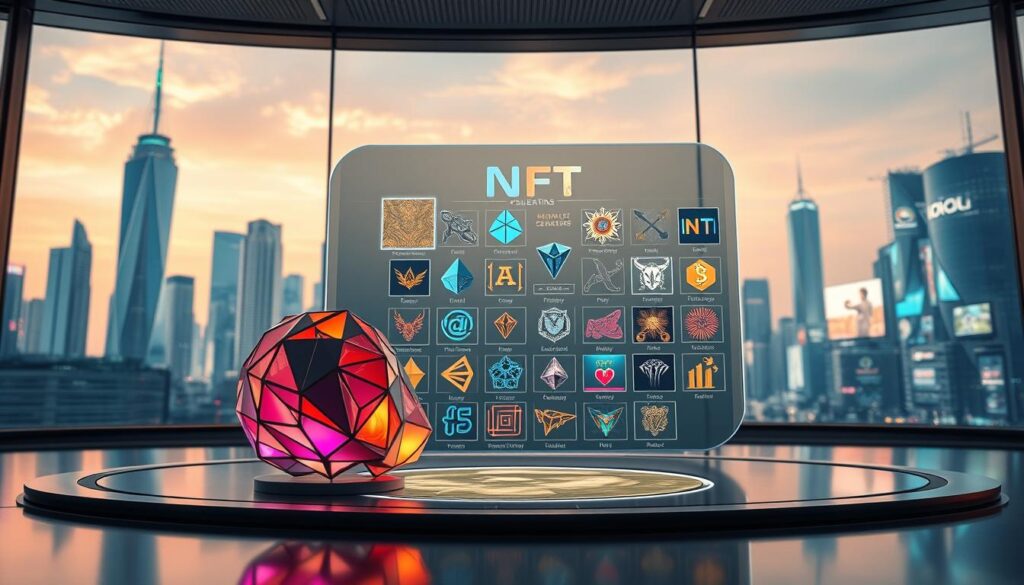
Identifying Your Target Audience and Niche
Study top-performing collections in your category. Gaming NFTs often prioritize interactive elements, while fine art focuses on aesthetic innovation. Platforms like Discord and Twitter reveal what excites specific groups—use these insights to refine your approach.
Define your niche through three lenses: cultural relevance, technical feasibility, and emotional appeal. A pet-themed series might resonate with animal lovers, but adding augmented reality features could make it stand out.
Brainstorming Creative and Original Concepts
Sketch ideas that blend familiar themes with unexpected twists. A cyberpunk art series gains depth if each piece unlocks hidden lore via QR codes. Focus on traits that build rarity—limited color palettes or animated elements often drive demand.
Develop a story that connects your collection. A sci-fi universe where each NFT represents a planet’s history encourages collectors to complete sets. Balance scarcity by releasing 50% of assets initially, then dropping rare variants monthly.
Designing Your NFTs with Impact
Visual storytelling drives digital collectible success. Your art must captivate viewers instantly while conveying uniqueness that justifies blockchain verification. Start by selecting tools matching your technical comfort—options range from basic graphic editors to advanced 3D suites.
Choosing the Right Design Tools and Software
Beginner-friendly platforms like Canva help newcomers craft clean designs through pre-made templates. For intricate art, Adobe Photoshop enables layer-based editing, while Illustrator excels at vector graphics. 3D creators use Blender to model interactive assets—ideal for metaverse-ready items.
Consider these options based on complexity:
- Canva: Social media-style graphics
- Procreate: Hand-drawn digital illustrations
- Blender: Animated characters/environments
Enhancing Rarity and Uniqueness in Your Art
Strategic variation builds value hierarchies within collections. Modify background hues, accessory details, or texture patterns across editions. A cyberpunk portrait series might feature 10 base models with 50+ combinable traits—helmets glowing in 7 colors, jackets with 12 patterns.
Rarity systems work best when tied to narrative logic. A fantasy warrior collection could have:
- Common: Standard armor (70% supply)
- Rare: Animated weapons (25%)
- Legendary: Voice-acted characters (5%)
File preparation matters as much as creativity. Export PNGs at 3000x3000px minimum for crisp displays. Test animated GIFs under 50MB to ensure smooth playback. These technical choices preserve art integrity across wallets and marketplaces.
Preparing Your Digital Assets and Files
Technical readiness transforms creative work into market-ready blockchain items. Start by verifying your files match OpenSea’s specifications—this prevents upload errors and ensures consistent display across devices.

Selecting Compatible File Formats and Resolutions
OpenSea supports four core formats:
- JPEG/PNG: Ideal for static art (max 100MB)
- GIF: Best for simple animations (under 50MB)
- MP4: Video NFTs up to 250MB
Use 3000x3000px resolution for crisp details. Balance quality with load speed by exporting at 72dpi. For 3D digital assets, provide thumbnail previews in PNG format alongside main files.
| Format | Max Size | Optimal Use |
|---|---|---|
| PNG | 100MB | Transparent backgrounds |
| MP4 | 250MB | Video narratives |
| GIF | 50MB | Looping animations |
Organize files with clear naming like “SeriesName_Edition001.png”. This simplifies batch uploads and helps track NFTs during the minting process. Store versions in cloud backups—losing files could derail your entire collection.
Enhance discoverability through metadata. Describe each piece’s story and traits using keywords collectors might search. For example, link fantasy-themed digital assets to gaming communities through strategic tagging.
Setting Up Your Crypto Wallet and Collection on OpenSea
Securing digital assets begins with choosing the right tools. A reliable crypto wallet acts as your gateway to blockchain platforms like OpenSea. Let’s explore how to establish a secure foundation for managing your tokens and collections.
Establishing a Secure Crypto Wallet
Top wallet options balance accessibility with protection. MetaMask integrates seamlessly with browsers, while Coinbase Wallet simplifies crypto management for exchange users. Trust Wallet offers mobile convenience with multi-chain support. All three store Ethereum or Polygon tokens needed for transactions.
Follow these steps during setup:
- Create passwords with 12+ characters and symbols
- Write recovery phrases on physical paper—never digital files
- Never share private keys, even with platform support teams
| Wallet | Security Features | Best For |
|---|---|---|
| MetaMask | Browser encryption | Desktop users |
| Coinbase | Biometric login | Exchange integration |
| Trust Wallet | PIN protection | Mobile-first creators |
Organizing Your NFT Assets Effectively
Customize your OpenSea profile to reflect your brand. Use consistent naming like “ArtistName_Collection01” for easy tracking. Group similar NFTs using tags like “GenerativeArt” or “LimitedEdition”.
Security upgrades protect valuable collections:
- Use hardware wallets for assets worth $1,000+
- Enable two-factor authentication on connected email
- Store backup phrases in fireproof safes
Fund your wallet with enough cryptocurrency to cover minting fees—usually $50-$100 in ETH or MATIC. Regular audits help spot unauthorized transactions early.
Launching Your NFT Collection on OpenSea
The moment to share your unique creations with the world has arrived. Strategic execution during this phase determines visibility and engagement. Balance technical precision with promotional flair to maximize your debut’s impact.
Uploading Assets and Finalizing Collection Details
Double-check file formats match OpenSea’s requirements before uploading. Add rich descriptions that highlight unique traits and storytelling elements. Customize your collection banner to reflect artistic vision while maintaining brand consistency.
Minting Process and Transaction Considerations
Select your preferred blockchain based on audience needs. Polygon remains popular for gas-free transactions, while Ethereum suits high-value items. Review wallet balances to cover network fees, ensuring seamless minting.
Choosing the Right Launch Strategy
Timed drops create urgency, while staggered releases maintain interest. Collaborate with established creators for cross-promotion. Monitor initial sales data to adjust pricing or marketing tactics swiftly.
Successful launches blend preparation with adaptability. Track performance metrics through OpenSea’s analytics tools. Engage collectors via social channels to build lasting connections beyond the initial drop.


